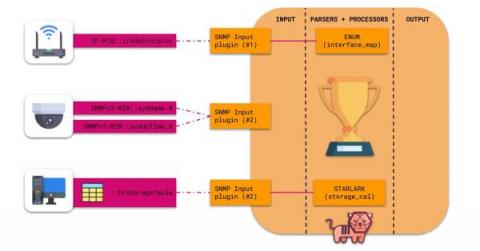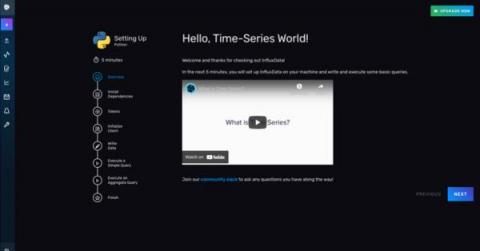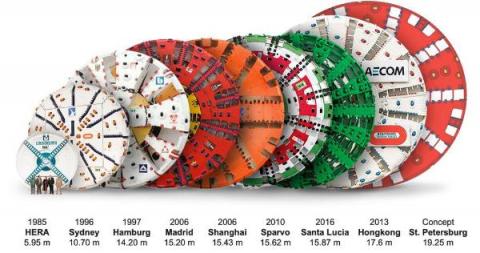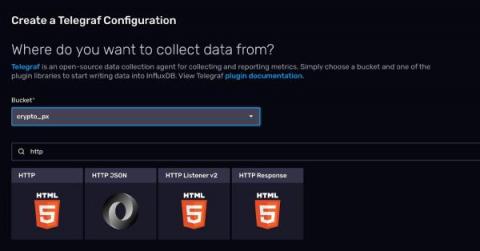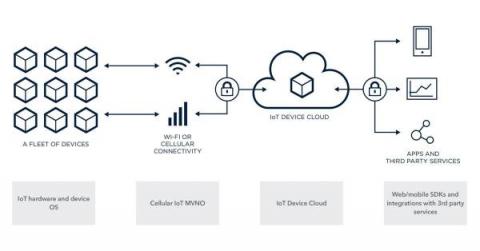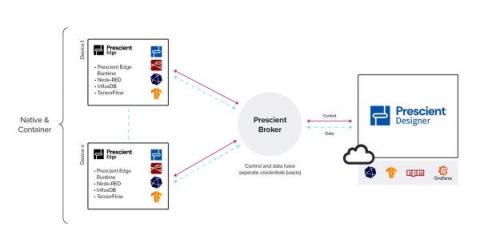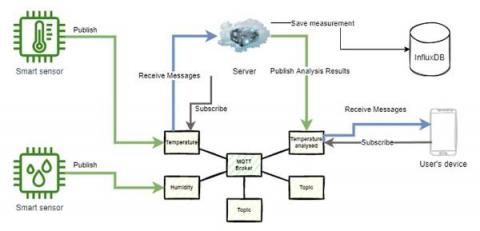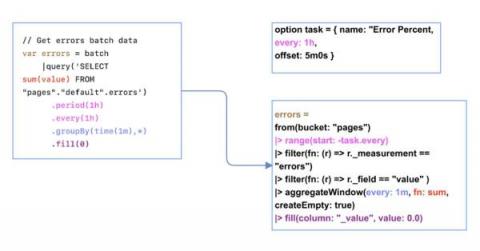Telegraf Best Practices: SNMP Plugin
Telegraf has now reached 300+ plugins and is deployed in a wide variety of use cases. In January we released a blog post covering the golden rules for creating configs and optimizing your Telegraf agent. It’s now about time we got our hands dirty covering some of the plugins the community uses the most. In this post, we are going to cover the SNMP Input Plugin.


